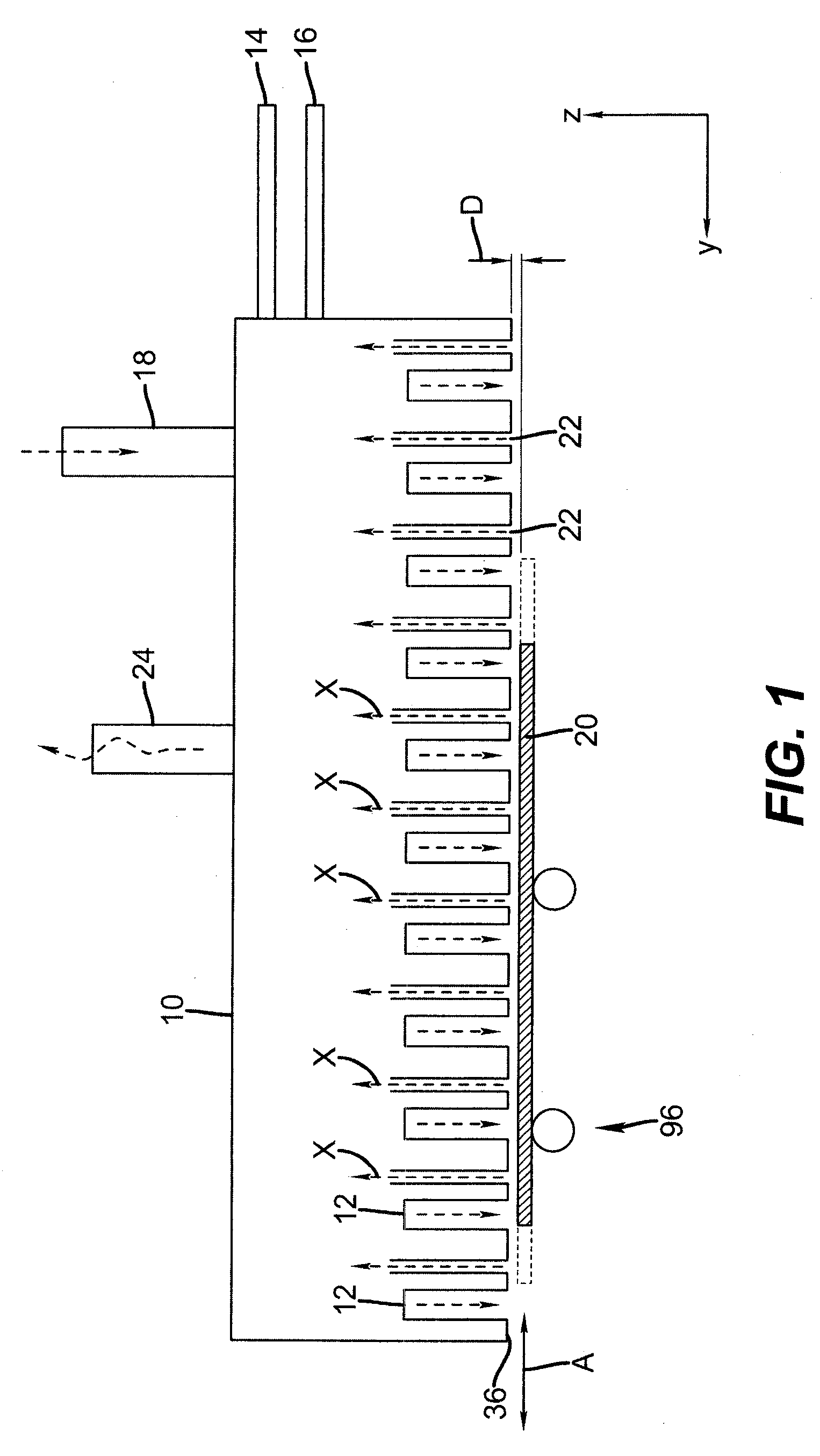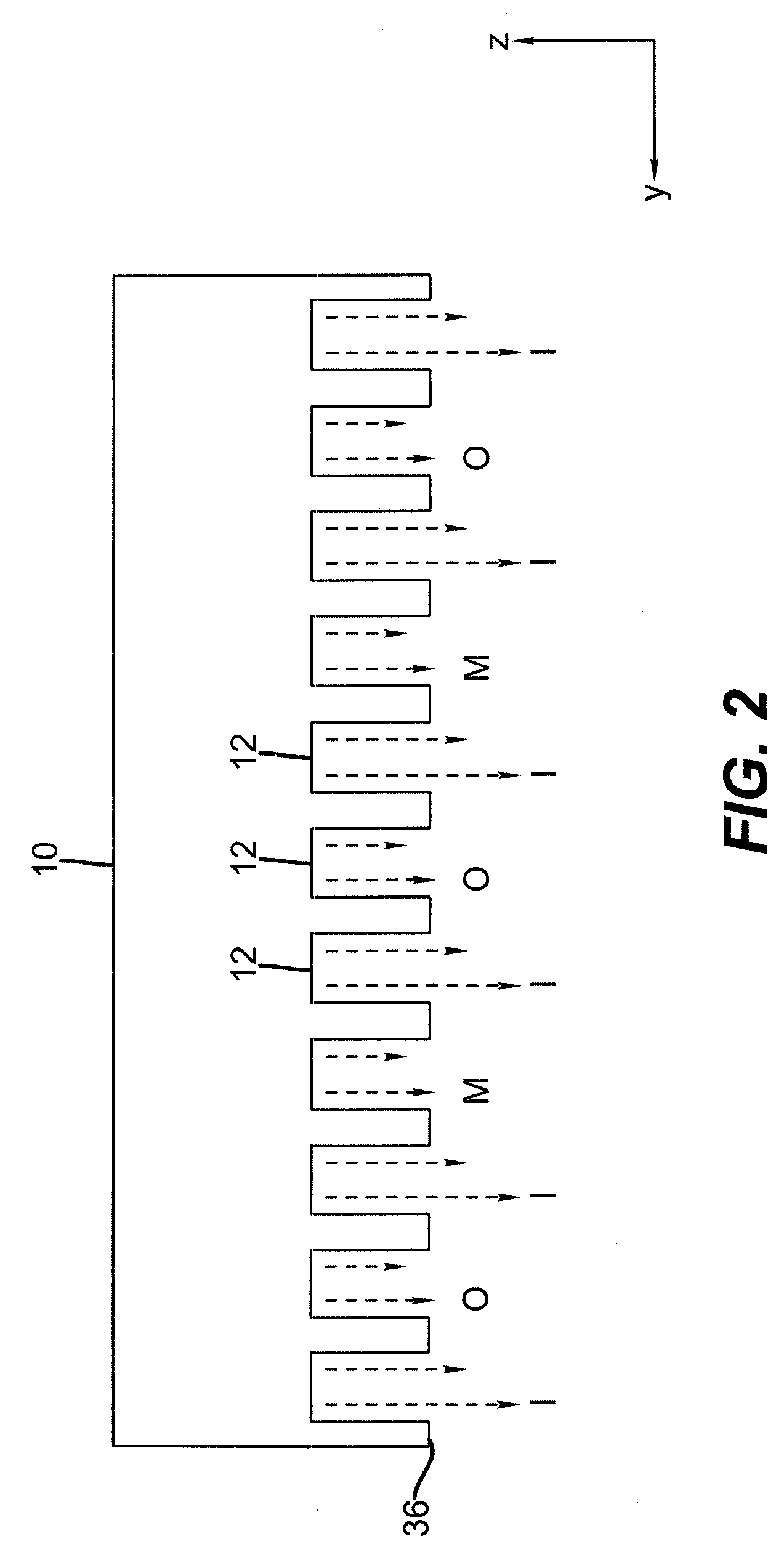OLED display encapsulation with the optical property
- Summary
- Abstract
- Description
- Claims
- Application Information
AI Technical Summary
Benefits of technology
Problems solved by technology
Method used
Image
Examples
example 1
[0163]An interference filter was created by depositing layers of zinc oxide and alumina interchangeably on a 62×62×1 mm glass slide using ALD system. The aim thicknesses of the layers were in order from the substrate up:
Zinc oxide100 nmAlumina100 nmZinc oxide100 nmAlumina100 nmZinc oxide100 nmAlumina200 nmZinc oxide100 nmAlumina100 nmZinc oxide100 nmAlumina100 nmZinc oxide100 nm
[0164]The diagram of the filter layers is shown in FIG. 22a. The absorbance of the filter was measured showing the peaks near 570 nm and around 700 nm which is shown in FIG. 22b.
PUM
| Property | Measurement | Unit |
|---|---|---|
| Temperature | aaaaa | aaaaa |
| Nanoscale particle size | aaaaa | aaaaa |
| Nanoscale particle size | aaaaa | aaaaa |
Abstract
Description
Claims
Application Information
 Login to View More
Login to View More - R&D
- Intellectual Property
- Life Sciences
- Materials
- Tech Scout
- Unparalleled Data Quality
- Higher Quality Content
- 60% Fewer Hallucinations
Browse by: Latest US Patents, China's latest patents, Technical Efficacy Thesaurus, Application Domain, Technology Topic, Popular Technical Reports.
© 2025 PatSnap. All rights reserved.Legal|Privacy policy|Modern Slavery Act Transparency Statement|Sitemap|About US| Contact US: help@patsnap.com



